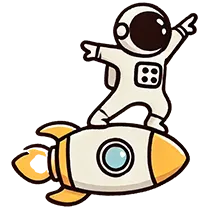
Stop Guessing.
Start Scaling.
We build the ads, funnels, and automation systems that turn your ideas into profitable, scalable businesses.
Done-for-You Ads
Fully managed Facebook, Google & TikTok ad campaigns built to convert and scale fast.
Lead Funnels
High-converting funnels designed to capture, qualify, and close leads for you 24/7.
Automation & CRM
Streamline your follow-up and boost close rates with our automated sales systems.
⚡ AD MANAGEMENT THAT ACTUALLY SCALES
Tired of spending money on ads that flop?
We fix that.
Our growth team builds, scales, and optimizes ad campaigns that keep your business growing. Google, Facebook, Instagram, TikTok — you name it, we master it. Get ready for real ROI, not just clicks.
✅ HERE'S WHAT YOU GET:
- 🔥 Maximized ROI: Every ad dollar working overtime — tracked, tested, and optimized.
- ⏳ Time Back: We handle the heavy lifting.
- 🎯 Laser Targeting: Ads that hit your dream clients at the perfect moment.
- 🚀 Data-Driven Scaling: We use data to scale smart, not blind.
Our Secret Sauce
Why clients stick with us — we don’t just run ads, we build growth engines that scale.
We Handle Your Ads
Stop guessing. We build and scale ads that drive predictable results so you can focus on what you do best.
Customer Nurturing
We automate follow-up and build trust with your leads through powerful CRM systems — no lead is ever left behind.